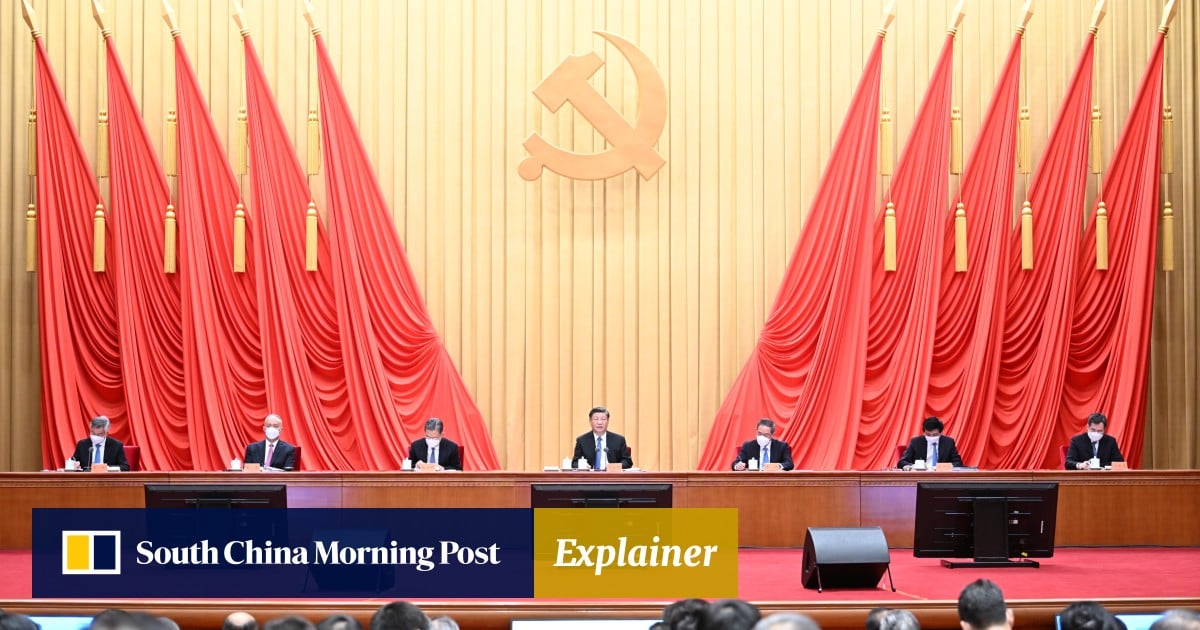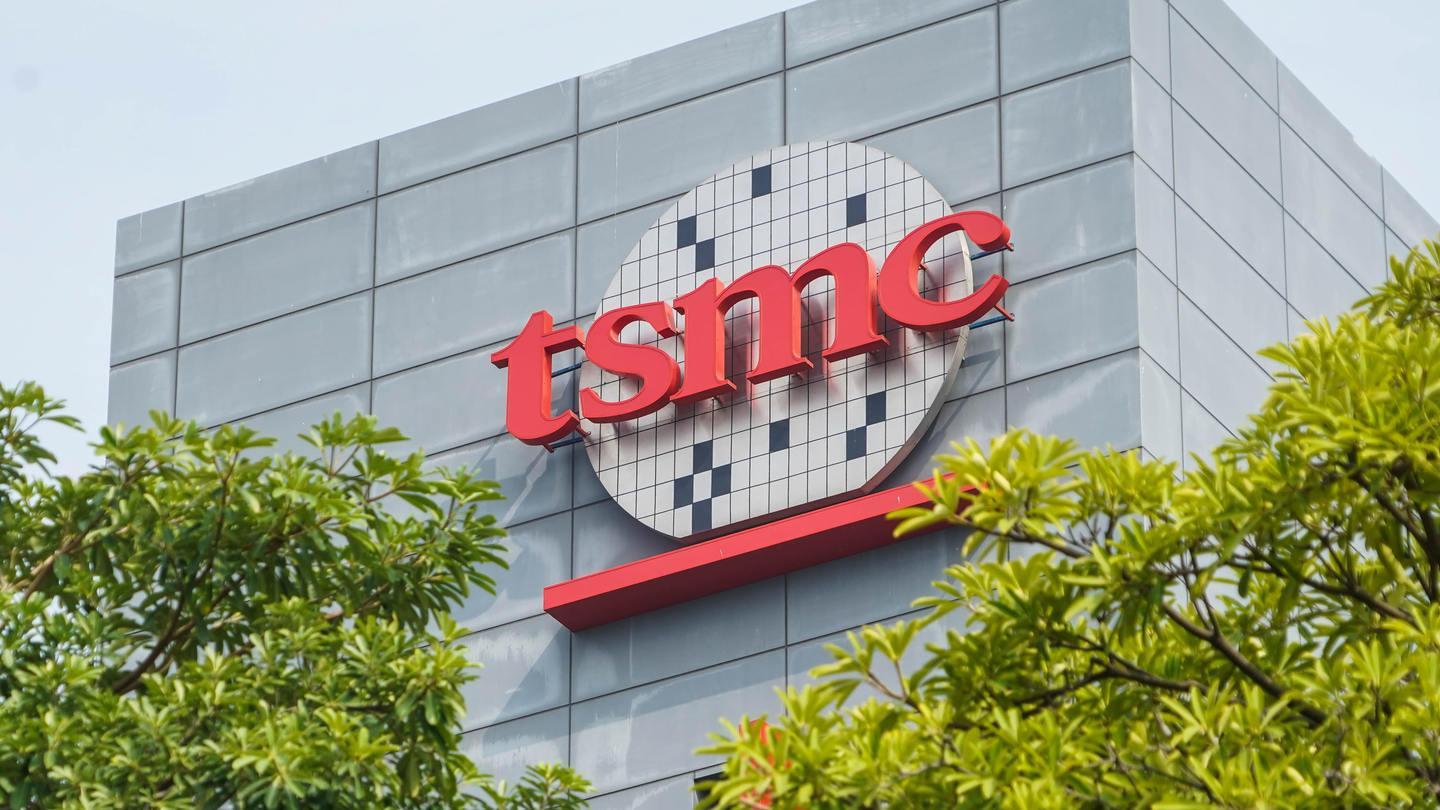The Central Committee of China’s Communist Party will hold its third plenum in July, a long-anticipated meeting where the country’s leaders are expected to release a plan for reform that will chart a sustainable growth path and address economic difficulties.
As this year’s iteration approaches, the Post is looking at why this meeting has mattered historically and what is expected this year given the current situation and the challenges the country faces.
What is the third plenum?
China’s ruling Communist Party holds a National Congress every five years to, among other duties, form a new Central Committee. In its present form, the committee consists of 205 full members and 171 alternate members.
The Central Committee, when the National Congress is not in session, is the party’s “highest leading body” according to its constitution. From its ranks the top party leadership is chosen, including the Politburo, the Politburo Standing Committee and the General Secretary.
The Central Committee typically convenes for seven plenums during each five-year term. The first and second plenums focus more on the tasks of the new leadership and matters of personnel.
The third plenum, convened roughly one year after the selection of new leadership at the National Congress, tends to draw more attention because it often unveils policies that could change the direction of the Chinese economy.
Some third plenums – and what they changed
At the third plenum of the 11th Central Committee, held in December 1978, Deng Xiaoping set China on the road to reform and a nationwide economic transformation that, among other pivotal decisions, allowed foreign businesses to operate in China.
The meeting paved the way for China to emerge from poverty and become the world’s second-largest economy.
The plenum in 1993, held by the 14th Central Committee under the administration of Jiang Zemin, solidified China’s transition to a socialist market economy by shuttering many loss-making state-owned enterprises.
It was ultimately regarded as a move that revitalised the Chinese economy, but also one that led to a surge in the jobless population by shattering the “iron rice bowl” of guaranteed employment.
The 18th Central Committee’s third plenum, held in November 2013 – a year after President Xi Jinping took office – grabbed global attention as it vowed to let the market play a decisive role in resource allocation and laid out dozens of market-oriented reform measures.
The third plenum in 2018 was the first held in spring for several decades, and it focused on a reshuffling of Communist Party personnel and reforms of state institutions rather than economic issues.
What is expected this year?
A readout issued after a Politburo meeting on Tuesday indicated the coming plenum will take the opportunity to press ahead with reform in an effort to counter economic headwinds and cement the country’s position in an intensifying global rivalry with the United States.
Academics and observers have predicted the introduction of policies to address some of the country’s economic woes, particularly those caused by mounting local government debt and an ailing real estate sector.
Tech innovation and self-reliance are also likely to be major topics.
Currently, the world’s second-largest economy is ageing fast and faces upheaval in its supply chains thanks in part to tech curbs from the US.
The economy grew by 5.3 per cent in the first quarter, beating expectations, but business sentiment is still weak and a prolonged property crisis continues to drag on recovery.





